Building a Memorable Skincare Brand: Unique Strategies for 2024
HavStrategy
Building a Memorable Skincare Brand: Unique Strategies for 2024
HavStrategy
In the evolving landscape of skincare, building a memorable brand requires more than a good product lineup; it demands a unique voice, strategic outreach, and innovative engagement. With consumer expectations soaring and competition becoming fiercer, the need for strategic brand differentiation is higher than ever. Below, our team of marketing experts who make HavStrategy a top skincare marketing agency have shared our unique strategies to make your brand memorable, we’ll cover powerful, research-driven approaches to set your skincare brand apart in 2024, all while connecting deeply with your audience.
We as a personal care digital marketing agency are intrigued to take you on a journey of brand growth, hire us as we unravel your brand’s success with our marketing strategies.
Why Traditional Skincare Marketing Isn’t Enough Anymore?
The Saturated Beauty Market Challenge:
Skincare and beauty brands are proliferating rapidly, making it challenging for new brands to stand out. With thousands of skincare products hitting the market each year, the beauty space has become saturated. As a Beauty marketing agency UK we believe brands that thrive today are the ones that carve out a unique identity and connect meaningfully with consumers.
Shifting Consumer Behaviour in the Personal Care Industry:
Modern skincare consumers are highly informed and increasingly selective. They’re more likely to research ingredients, demand transparency, and value the stories behind brands. This shift has seen consumers moving away from traditional product-driven marketing, preferring brands that foster trust through education, transparency, and value-driven messages.
Creating Your Skincare Brand’s Unique Identity (“Skin-print”)
Developing a Memorable Brand Voice in the Beauty Space:
Every skincare brand needs a distinctive voice—a “skin-print”—that makes it memorable. Your brand voice should reflect your values, mission, and customer-centric focus. Take the example of Drunk Elephant, which coined the term “Suspicious Six” to identify ingredients they avoided. This terminology became an anchor for their brand voice, resonating with ingredient-conscious consumers.
Authenticity in Skincare Marketing:
Authenticity is the backbone of modern skincare branding. Consumers resonate with brands that are honest about their values and transparent about their practices. For instance, The Ordinary became popular by emphasizing its scientific, no-frills approach to skincare, earning trust through ingredient transparency. Brands can foster authenticity by highlighting the “why” behind each product and showcasing raw, behind-the-scenes content that builds credibility.
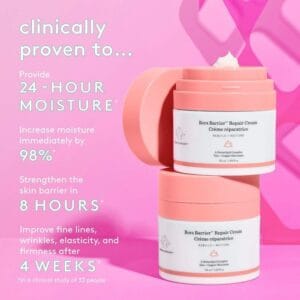
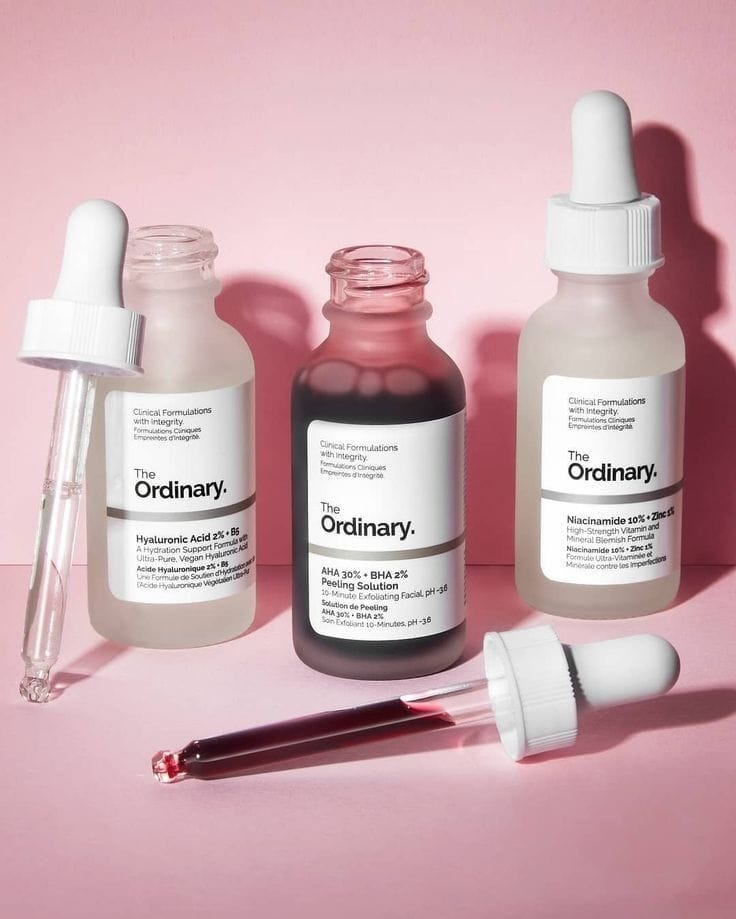
Leveraging Micro-Communities for Organic Brand Growth
Reddit Skincare Communities:
Reddit skincare communities like r/SkincareAddiction have become hotbeds for skincare discussions, recommendations, and reviews. Brands like Curology have gained visibility by engaging directly with these communities and addressing user questions. As a beauty marketing agency Australia we recommend you to join relevant Reddit threads to share insights, answer questions, and provide value without overt selling.
Niche Facebook Beauty Groups:
Niche Facebook groups dedicated to specific skin concerns (like acne or anti-aging) are another way to target audiences organically. Many consumers trust recommendations in these smaller, intimate groups more than ads. Participate actively by sharing your brand’s knowledge and insights, providing value, and addressing common skin concerns.
Building Relationships with Skinfluencer Micro-Communities:
While mega-influencers can be impactful, micro-influencers in skincare, often referred to as “skinfluencers,” hold a different level of sway. They typically foster more engaged and loyal communities, making their recommendations highly influential. For instance, skincare brand Krave Beauty frequently collaborates with micro-influencers, building a fan base through genuine, relatable content.
Contact us for your personalized beauty social media marketing agency to elevate your brand potential!
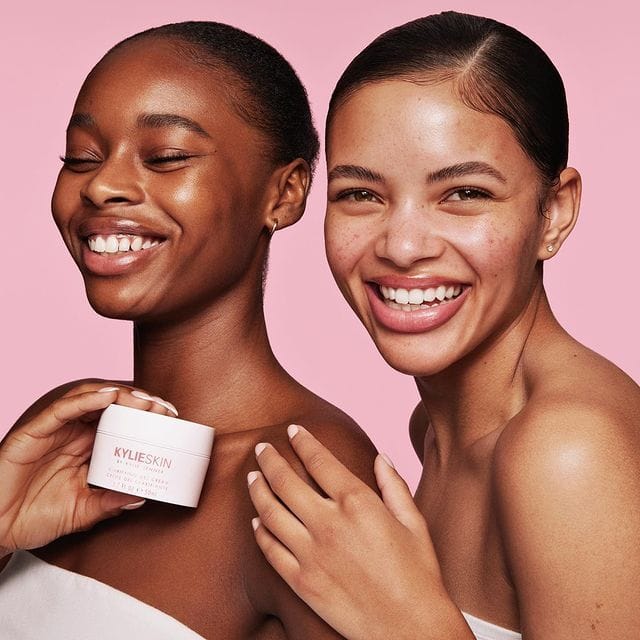
The “Skintertainment” Approach: Educating Your Audience
Creating Engaging Skincare Content Formats:
“Skintertainment”—the blend of skin care education and entertainment—is a trend shaping the industry. Brands like Glow Recipe use this to great effect, sharing ingredient breakdowns, quick skincare tips, and even quirky challenges on platforms like TikTok to engage their audience in a fun, memorable way.
Ingredient Education Through Storytelling:
Ingredient education is essential in today’s skincare market. Rather than simply listing benefits, tell a story about each ingredient. Explain where it comes from, how it’s sourced, and why it’s beneficial for the skin. Youth to the People does this well by blending ingredient sourcing stories with their brand’s mission to use superfood ingredients in skincare.
Behind-the-Scenes Content Strategy:
Showcasing the creation process of your skincare products builds transparency and trust. Share behind-the-scenes content, like lab visits, sourcing insights, or even the story behind a product’s development. This kind of storytelling brings the audience closer to the brand and makes them feel part of your journey which we try to pull off in our campaigns as a top beauty marketing agency New York.
The Science-First Marketing Revolution
Collaborating with Dermatologists and Skincare Experts:
Brands like La Roche-Posay and SkinCeuticals have leveraged dermatologist endorsements and partnerships to bolster credibility. Partnering with experts not only adds authority but also aligns with consumers’ demand for efficacy. Collaborations with dermatologists, chemists, or estheticians can increase brand trust and give valuable educational content to share.
Creating Clinical Study Content:
Clinical studies are powerful tools for substantiating claims and showcasing effectiveness. Use clinical results to create content that highlights data-backed efficacy and product results. Murad frequently shares its clinical trial results, which strengthens brand credibility and attracts customers who prioritize scientifically proven products.
Transparent Ingredient Storytelling:
Consumers are increasingly scrutinizing ingredient lists, so clear, transparent storytelling around ingredients is key. Highlight each ingredient’s purpose, source, and benefits, and be honest about what your products don’t contain. This approach has been successfully adopted by brands like The Inkey List, which focuses on ingredient education to demystify complex formulations for consumers.
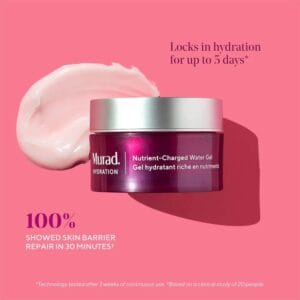
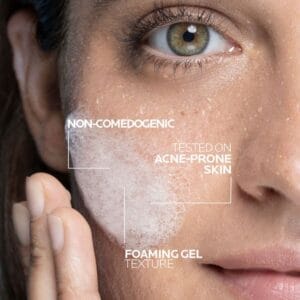
Digital Touchpoints That Convert
Virtual Skin Analysis Tools:
Offering virtual skin assessments on your website or app can boost conversions by providing personalized skincare recommendations. For example, Clinique uses a digital tool that assesses customers’ skin type and suggests suitable products. Personalized experiences like these increase purchase likelihood by addressing unique customer needs.
AR Try-On Experiences:
Augmented reality (AR) try-ons are engaging, interactive tools that can enhance the online shopping experience. Brands like Sephora and Estee Lauder have embraced AR to let customers “try on” products virtually, allowing for a personalized experience that bridges the gap between in-store and online shopping.
Personalized Skincare Quiz Funnels:
A skincare quiz funnel not only engages customers but also helps gather valuable data. Brands like Proven Skincare use AI-powered quizzes to personalize product recommendations based on skin type, lifestyle, and concerns. This not only increases conversions but also creates a tailored experience that feels customized for the user which we do as social media marketing strategies for our clients.
User-Generated Content: Beyond Before & After Photos
Creative UGC Campaign Ideas:
User-generated content (UGC) is an invaluable tool for authentic marketing. Go beyond before-and-after photos by encouraging customers to share stories about their skincare journey. Curology does this well by sharing testimonials from users who’ve seen real results, boosting credibility and fostering community.
Skincare Routine-Sharing Initiatives:
Encourage customers to share their skincare routines with your products on social media. This could be through hashtags, giveaways, or simply featuring their routines on your brand’s social pages. Seeing real routines builds brand affinity and showcases the versatility of your product line.
Customer Advocacy Programs:
Turn loyal customers into advocates by incentivizing referrals or offering perks for sharing their experiences. Programs like these foster a sense of community around your brand and help build organic growth with some assistant from a beauty digital marketing agency.
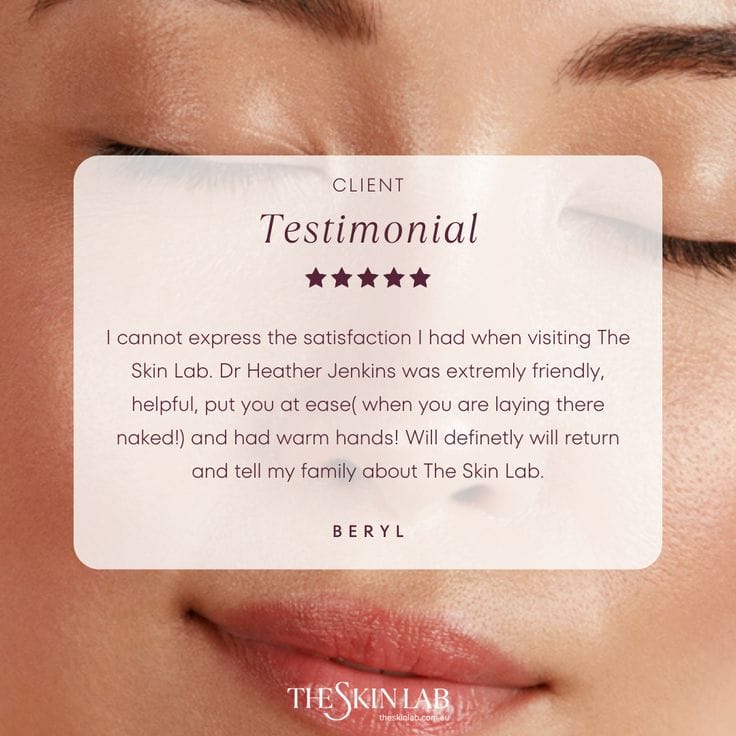
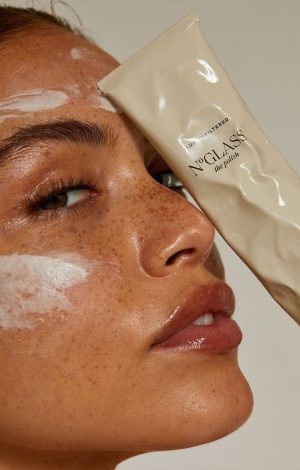
Local SEO Strategies for Skincare Brands
Geo-Targeted Content Marketing:
For skincare brands with a local presence, geo-targeted content can drive engagement. Tailor blog posts, social media content, or even email marketing to specific locations. Highlight local skincare concerns, like sun protection in warmer climates, to resonate more with regional audiences.
Local Influencer Partnerships:
Local influencers can help your skincare brand establish credibility in specific regions. Partner with influencers who have a strong following in your target location to boost local awareness and attract customers looking for a skincare brand they can trust.
Community Event Marketing:
Engage with your local audience through community events, whether virtual or in-person. This might include hosting a skincare workshop or a live Q&A session with a local skin expert. Community-focused events position your brand as an active, approachable presence in the skincare market.
Hiring an experienced beauty digital marketing agency like HavStrategy can help you boost your ranking and optimize your content in just months.
Measuring Brand Awareness Success
Key Performance Indicators:
To evaluate your skincare brand’s growth, focus on key metrics such as engagement rates, conversion rates, and repeat purchases. Monitor brand-specific KPIs like social media mentions, hashtag usage, and website traffic to gauge the impact of your campaigns.
Analytics Tools for Tracking Brand Growth:
Leverage analytics tools like Google Analytics, Hootsuite, and Shopify reports to track brand performance. Set up specific tracking goals to understand how your digital marketing efforts translate into brand awareness.
ROI Measurement Strategies:
Calculate your marketing ROI by comparing campaign costs with sales, customer lifetime value, and brand reach. By measuring the return on investment, you’ll understand which strategies work best for your brand and where to allocate future resources.
Hiring an experienced beauty digital marketing agency like HavStrategy can help you boost your marketing campaign results in just months.
Conclusion
Building a memorable skincare brand in 2024 requires a blend of authenticity, education, and innovation. By leveraging unique strategies like micro-community engagement, science-first marketing, and personalized digital experiences, your brand can stand out in a saturated market. With ongoing optimization and an unwavering focus on customer connection, your skincare brand can create lasting brand loyalty and awareness.
Want Us To Be The Growth Partner To Your Business?
Client Testimonials
What Clients Say About Us
"We really appreciated how researched and data-driven their strategies and ad campaigns are. We were eager to continue working with HavStrategy because they understand what we're trying to do and challenges from the first call.."
Saksham Co-founder of Apparel Brand"HavStrategy has proven to be a reliable partner by achieving our marketing goals in just 3 months that we were trying to hit from past 9 months. The excitement and knowledge about our goals showed their true commitment from beginning to end."
David Marketing ManagerWood So Good: 3X ROAS In First Month
Juanella: 20 Leads In First Month
Diam Beauty: 8.5X ROAS In Second Month
35+ Top Beauty And Skincare Brands Clients
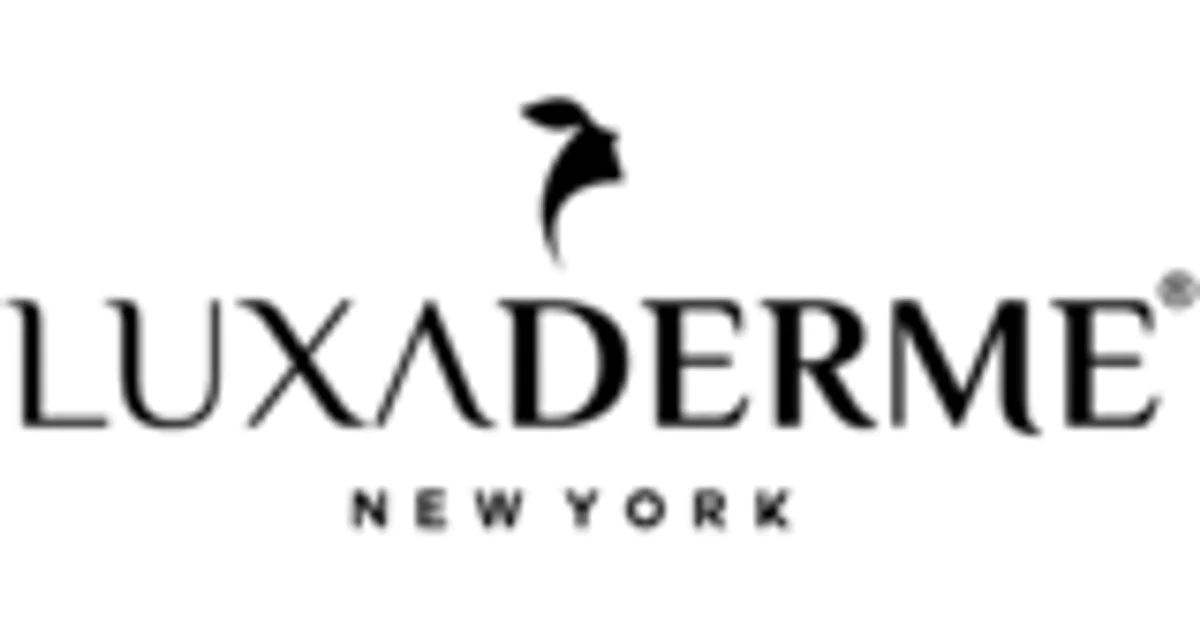
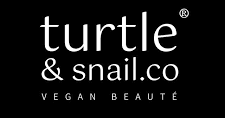

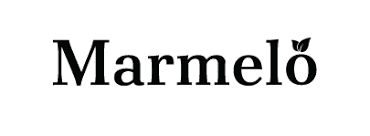

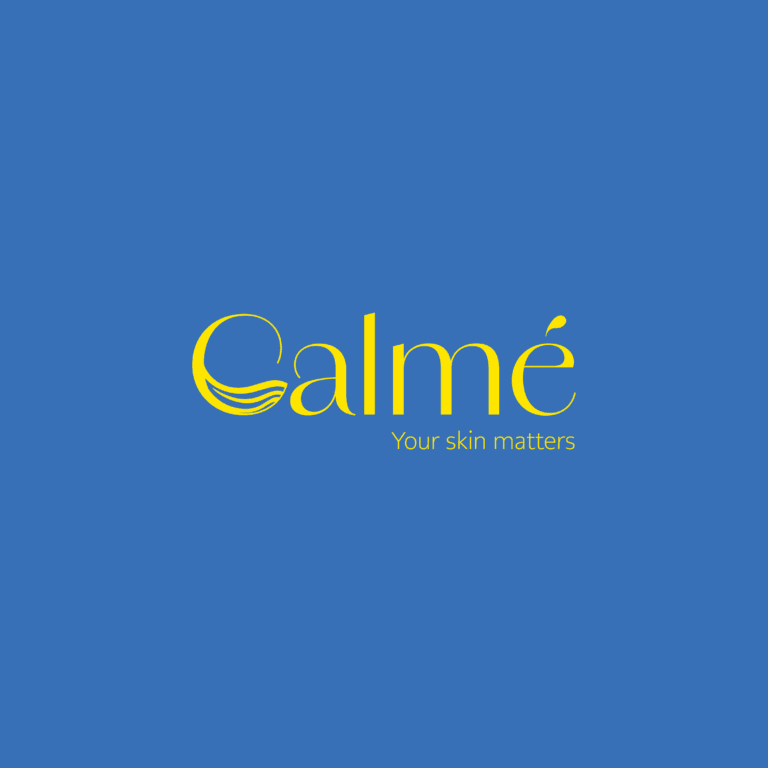

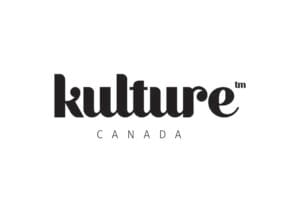

Let's Connect
Let's Connect
International Market
Fashion Marketing Agency in UK
Fashion Marketing Agency in UAE
Lifestyle Marketing Agency in UAE
Skincare Marketing Agency in UK
Cosmetic Marketing Agency in UK
Beauty Marketing Agency in UAE
Luxury Marketing Agency in UAE
Home Decor Marketing Agency in UK
Home Decor Marketing Agency in UAE
Services
Social Media Marketing Agency in UK
Social Media Marketing Agency in UAE
Performance Marketing Agency In UK
Performance Marketing Agency In UAE
Digital Marketing Agency In UK
Digital Marketing Agency In UAE
Home Decor Marketing Agency In Australia
Beauty Marketing Agency In Australia
Skincare Marketing Agency In Melbourne
Fashion Marketing Agency In Australia
Copyright © 2023 HavStrategy




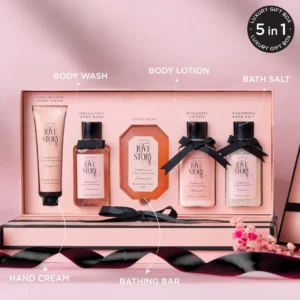

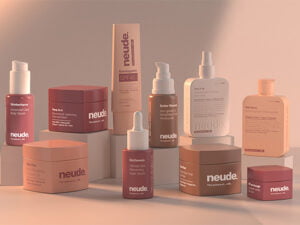
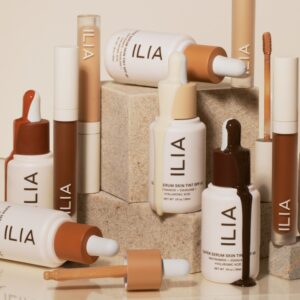
"HavStrategy has consistently delivered the marketing results. We were over-the-top impressed with the amount of skills, creativity and knowledge across every discipline on the team."
Jia Founder of Endora Scented Candles